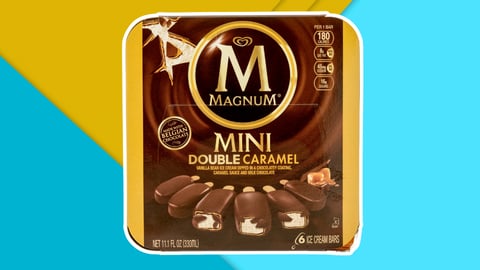Consumer Interest In Social Commerce Sinks, But Brands Advised to Persevere
As social media platforms pilot new commerce features, consumer interest in using them has declined.
Fewer consumers reported turning to social media for inspiration, research, or to make a purchase in 2023 vs. 2021, according to Gartner, which highlighted the platforms’ lack of live chat, Q&A, and personalization functionality as key challenges when compared with brand websites.
Only 5% of consumers said they purchased from their personal social media feeds in 2023, down 5 percentage points, and just 7% said they purchased from a brand’s social page, down 4 percentage points.
What’s more, a mere 8% reported getting inspiration from their personal social media feeds in 2023, a decrease of 8 percentage points from 2021.
Editor’s note: The article stemmed from a question submitted by a CGT text subscriber. Sign up below to send in your own questions about the industry and let us know what you want to see covered.
While this may not look great, it's perhaps unsurprising that a generational consideration is at play, as younger generations have a greater propensity to buy through social platforms like TikTok, Ant Duffin, Gartner VP, analyst, told CGT.
“As a result, brands are exploring the opportunity of social commerce TikTok Shop, especially in the U.K. and U.S., to reach these younger consumers with select product ranges,” he said.
Indeed, despite the obstacles, the research firm stresses that brands should continue testing and refining their social strategies, including by investing in social commerce ad formats to promote purchase on DTC sites, rather than ads focused on awareness and engagement. Pinterest today announced it would add features to better help brands reach consumers, including by integrating their product catalogs and running performance campaigns.
Social’s Impact on CPG Supply Chains
There truly can be too much of a good thing when it comes to social media success, with unexpected demand influxes wreaking havoc on companies caught off-guard, and CPGs are seeking greater control over the impact on operations.
“Brands that are present on these platforms face persistent supply chain challenges especially with demand planning, inventory management, and last-mile delivery,” Duffin confirmed.
One need look no further to see this in action than L’Oreal, which has reported historic levels of demand volatility thanks to social media. The company, which doesn’t expect the unpredictability to abate, is tackling the issue by increasing capacity through two new augmented fulfillment factories with smart automation in China.
“Overcoming these challenges has meant that supply chain teams have had to take an agile approach to meet demand by using planning assumptions from their DTC channels as a baseline to get started — but then take the month-on-month learnings to help build a more resilient demand and supply plan,” noted Duffin.





